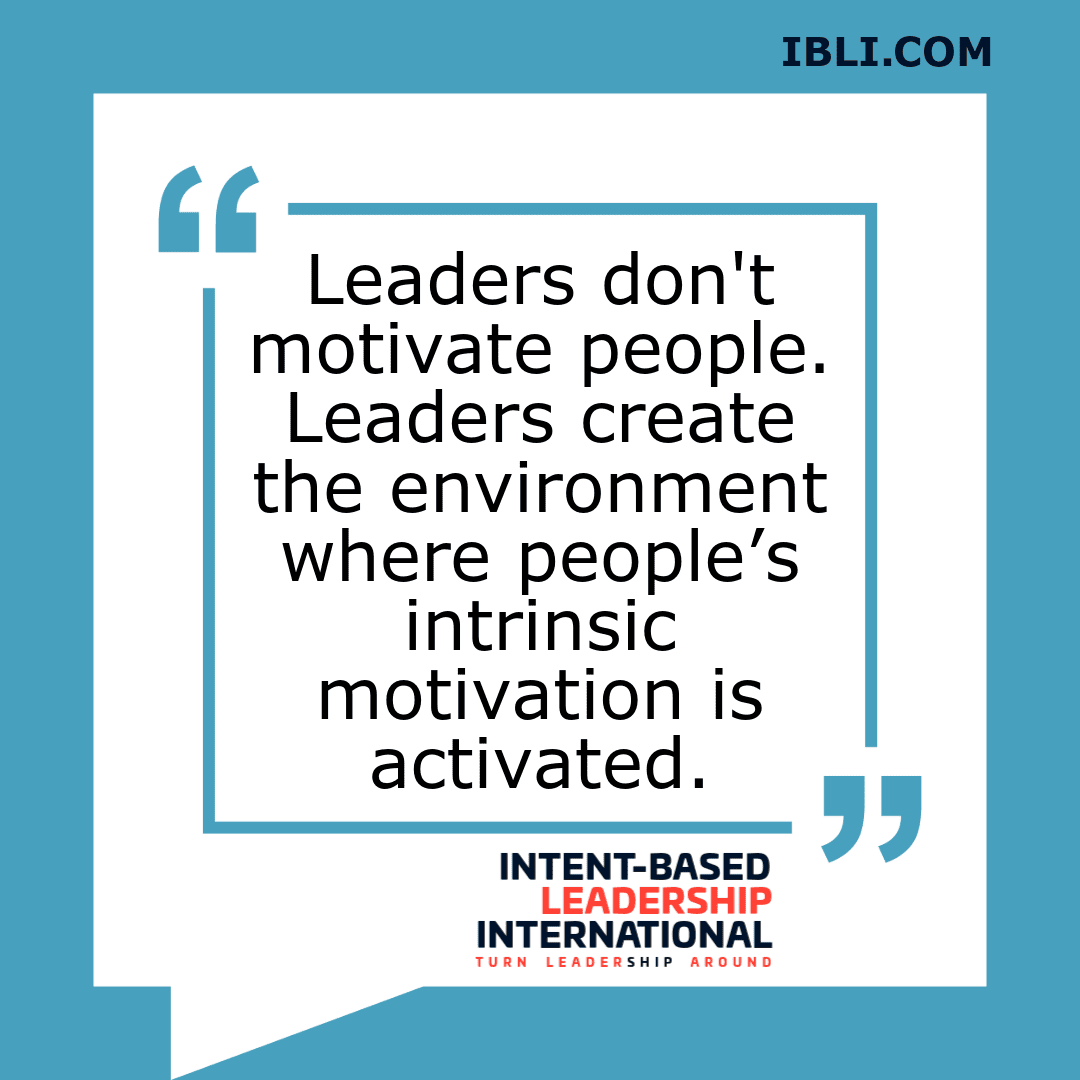Why Leaders Shouldn't Try to 'Motivate' People
Leaders don't inject motivation into teams. Instead, they create the conditions for intrinsic motivation to thrive, through clarity, trust, and ownership. Intent-Based Leadership empowers people to take initiative and feel truly engaged in their work.

Why shouldn't leaders try to 'motivate' people directly?
What does it really mean to motivate a team?
Motivating a team isn't about pep talks or pressure. True motivation is intrinsic: it comes from within people when they feel trusted, heard, and connected to meaningful work.
Can you force people to care or take ownership?
No, motivation can't be forced. You can't compel creativity or ownership. What you can do is design an environment where internal drive and curiosity naturally emerge.
How do leaders activate intrinsic motivation?
Leaders unlock intrinsic motivation by:
- Empowering people to speak up and make decisions
- Providing support without micromanaging
What is Intent-Based Leadership?
Why does clarity matter more than control in leadership?
Clarity fosters confidence and engagement. When people understand the intent behind their work, they align more deeply with it, and motivation becomes internal.
What do leaders actually do in this model?
Leaders stay highly engaged by:
- Listening more actively
- Removing barriers to progress
- Aligning the team on shared outcomes
Isn't giving control risky?
Key Takeaways: How to Cultivate Motivation as a Leader
- Motivation is revealed, not delivered
- Create clarity and give control
- Trust and voice are essential
- Intent-Based Leadership empowers teams from within
Frequently Asked Questions (FAQ)
How do you create a motivating work environment?
By fostering trust, offering clarity of purpose, and enabling employees to make decisions.
What is the role of a leader in employee motivation?
A leader's role is to remove barriers, provide clear intent, and support autonomy, not to "motivate" directly.
Why doesn't external motivation work long term?
Because it doesn't tap into what truly drives people: meaning, ownership, and internal pride.
What is an example of Intent-Based Leadership in action?
A leader who asks, "What do you intend to do?" instead of giving commands, invites the team member up the Ladder of Leadership and fosters ownership.
Final Thought: Shift the Question
Next time you're tempted to "motivate" someone, pause and ask: What's getting in their way? Clarity, trust, and competence might be the real missing ingredients.
